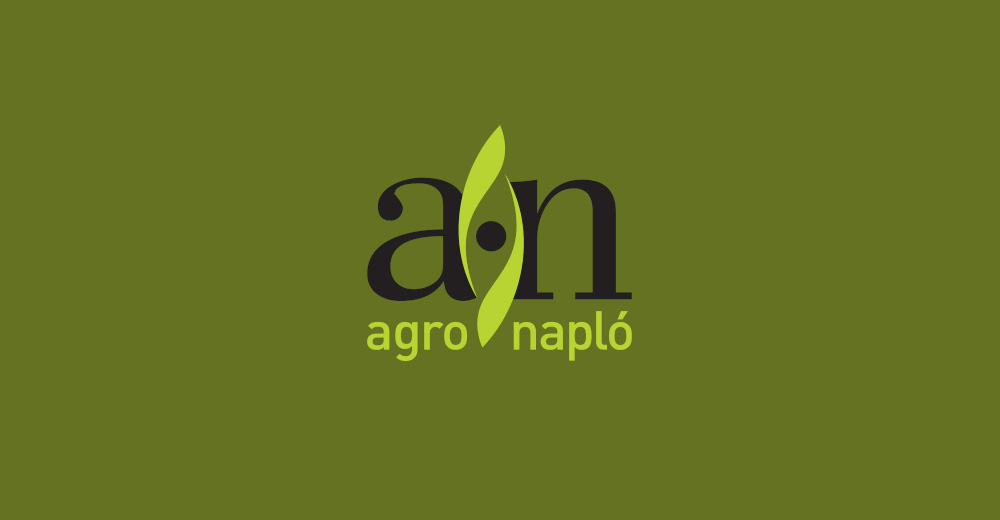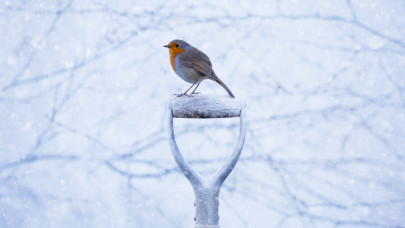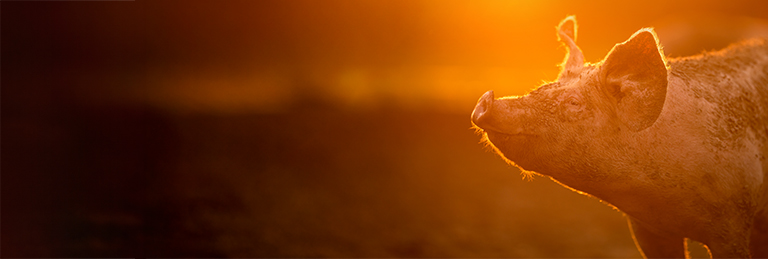The Chairman of the Agritechnica Innovations Committee, Prof. Dr. Till Meinel, of the Cologne Institute of Construction Machinery and Agricultural Engineering at the TH Köln in Cologne, discusses the main developments in product innovation that can be seen in Hanover in November
These developments in our industry do not emerge by chance; they are the result of a creative environment at the manufacturers and, just as importantly, extensive knowledge of the current needs of the farming community. Constant contact between engineers, scientists, and farmers, with their experience in agricultural practice, is needed to develop these creative ideas.
Interdisciplinary collaboration in development teams, for example between mechanical engineers, physicists, and hardware and software specialists is also vital. The basis of this cooperation is that they all respect each other's involvement in the project, and despite their individual specializations, they understand the considerations of the other team members and work towards a common goal. This kind of culture is evident in companies with an innovation strategy that is fully supported by management, because the creation of new solutions requires, in most cases, years of work and significant investment with unpredictable returns.
Some of the new products are so futuristic that they allow applications that many farmers cannot even imagine today. This is the case for “MARS” (Mobile Agricultural Robot Swarms) from AGCO Fendt, the first commercially available swarm technology in agriculture. It consists of small, about 40 kg, autonomous machines that carry out corn sowing. The operator transports the machines to the field and is then only responsible for filling and monitoring them. The members of the DLG Innovations Committee discussed this controversial development at great length, and in particular the conversation considered whether the enthusiasm of the engineers would match the questions of farmers. It will be interesting to watch how the market reacts to the system!
It took seven years of concerted work for Pöttinger to develop “Sensosafe”, the mower installed sensor bar that protects hidden wildlife. Optical infrared sensors with integrated LED lighting recognize animals while mowing and send a signal to the tractor hydraulics that lift the mower out of the way and save the animals. The system can be used during the day, even in bright sunlight, and can also detect other obstacles such as molehills. If the system works as well as promised in practice, it will mark a milestone in active animal welfare, as all techniques used so far do not always work satisfactorily. This project shows very clearly how seriously agricultural machinery manufacturers take their responsibility towards society.
Another example of reacting to social demands for the responsible use of agricultural machinery comes from Claas. Its “Telematic Large Vehicle Alert System” informs drivers of suitably networked automobiles about the position and status of farm machinery on their route. The interesting question here is how automakers will respond to this offering.
Even a cursory glance at the list of this year's medal winners shows the breadth of technologies being employed. Of course, the most important trends seen in agricultural technology in recent years have continued in 2017. First of all is the development of electronic systems to optimize machine setting, improve precision, and automate processes to increase safety and relieve operators. Claas' “Cemos Auto Threshing” system, which is a fully automatic optimization system for tangential threshing combines, is an excellent example of this and a worthy Gold Medal winner.
Another important focus today is on optimising systems of tractors combined with farming equipment, and I consider multi-vendor solutions in this respect to be particularly important here. The efficient collection, storage, and evaluation of data from the agricultural value-added chain is a key area for these new applications. The proper handling of these issues is new to many farmers and still subject to many unknowns.
In contrast to the grandiose announcements of some manufacturers, the digitization of agriculture and the use of Big Data technology is still in its infancy. Particularly sensitive for European farmers is customer loyalty to major brands with their proprietary data management systems. An alternative for small- and medium-sized enterprises, however, is the excellent Silver Medal winning "agrirouter" system, which is a joint development from several manufacturers led by DKE-data GmbH.
The development of specific sensors for agricultural machinery is still a trend and complements the catalog of innovations. For the first time, a consortium led by Pöttinger has developed a system that actively regulates the seedbed quality during tilling by measuring, processing, and adjusting the intensity of treatment. This is a courageous step as tillage is one of the most complex areas of agricultural process engineering.
Electric mobility has become an election issue in Germany, but there has also been much discussion about electrical drives in the agricultural machinery sector in recent years. Few commercial solutions have arrived at the market so far, but this year AGCO Fendt presents its first all-electric tractor, opening up a new market segment in the 50 kW-class. This machine will surely stimulate users and manufacturers to develop further ideas for the sensible use of electric drives in agricultural machines.
In addition, many manufacturers are still coming up with strong new developments in traditional areas of technology such as mechanics and hydraulics. One example is the Gold Medal winning "StalkBuster" made by Kemper. This is a mulching device integrated in the header of a forage harvester that smashes the corn stumps immediately after mowing the plants and before the harvester or tractors and trailers push the stubble into the soil. This mechanical process efficiently controls the European corn borer without the use of chemical agents. The system provides environmental benefits as well as practical and economic advantages, which is something it shares with all the other innovation award winners that I have not mentioned here.
Finally, speaking on behalf of all members of the DLG Innovations Committee, I hope manufacturers comply with their commitments and that all products awarded prizes are available on the market in 2018 at the latest.
We also wish you an interesting Agritechnica 2017, with good discussions, opportunities to exchange experiences and gather ideas and, of course, inspiring new technology. For everyone involved, it is to be hoped that the cycle of innovation that results from the work of engineers, and the practical benefits they bring, become part of everyday life. Here, it is you, the farmer, who will judge if new really is better.
More information for international visitors considering a visit to Agritechnica 2017 can be found at www.agritechnica.com.







